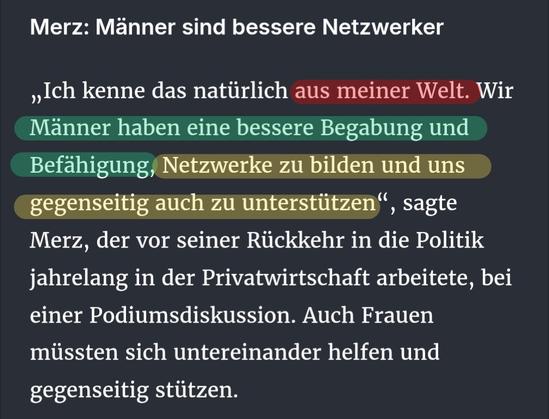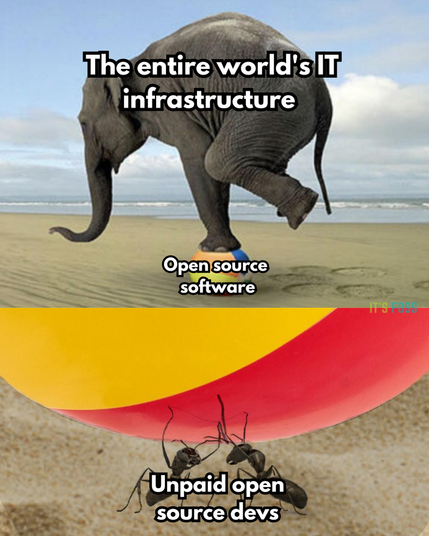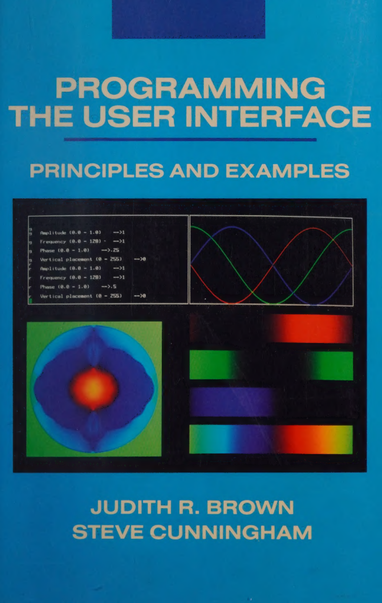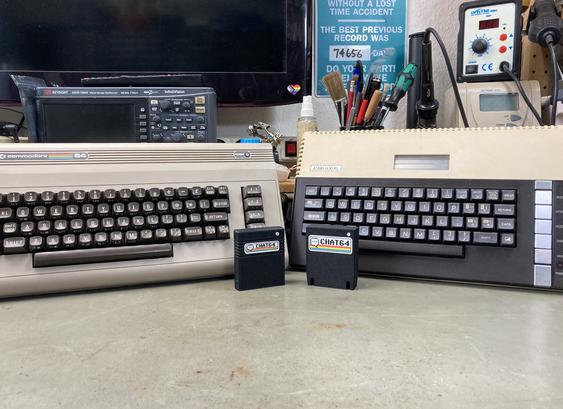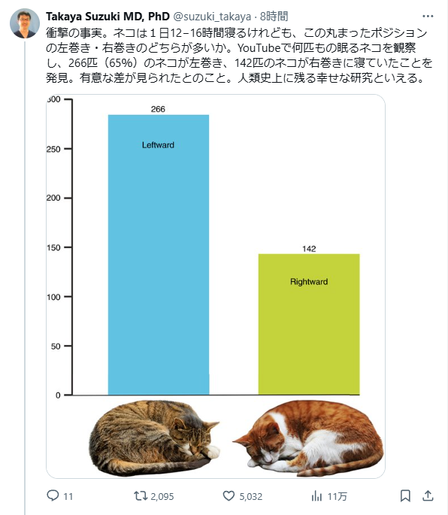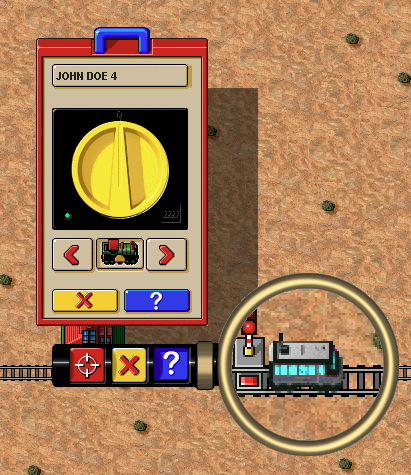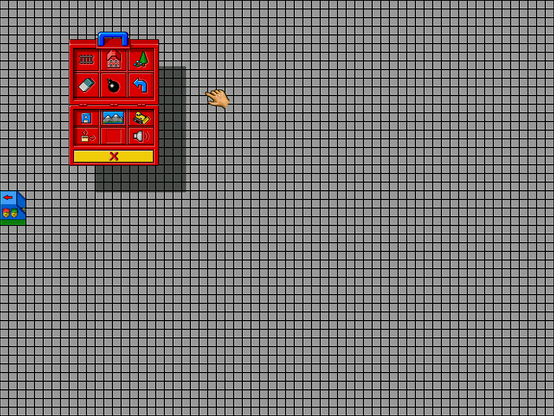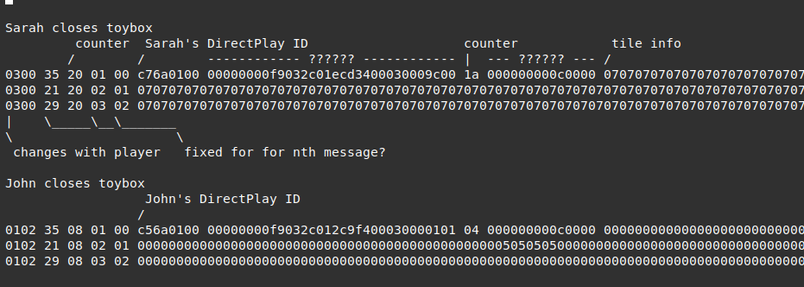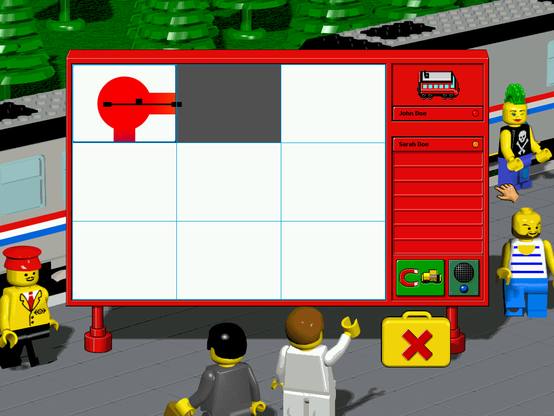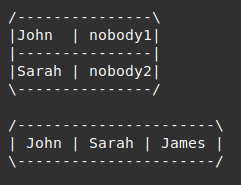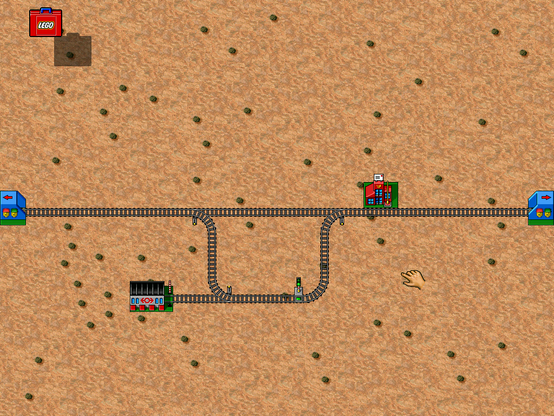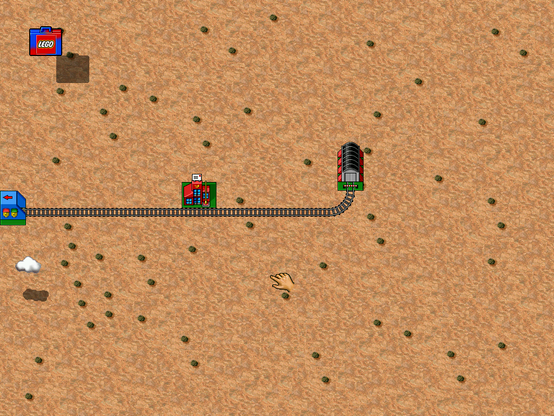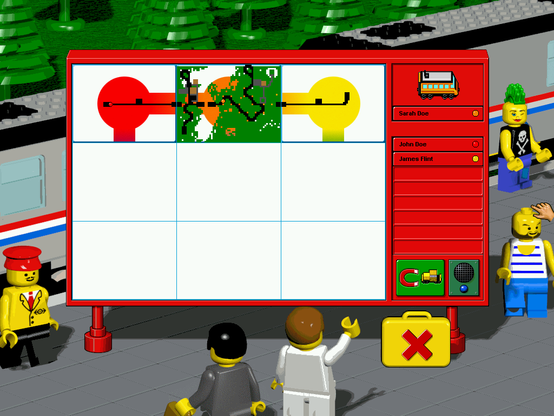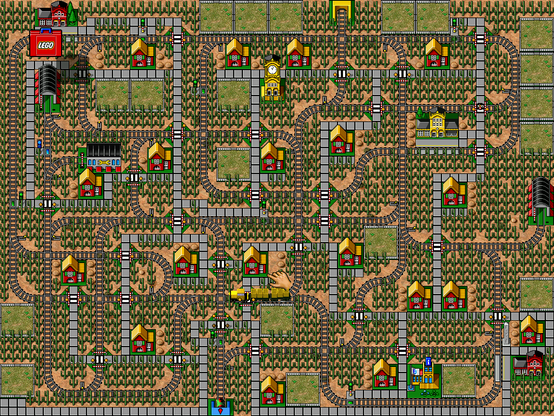Die Antwort auf meine ewige Frage "In welcher Welt leben wir eigentlich?" ist "Nicht in der selben!"
Mäh W.
- 358 Followers
- 732 Following
- 3.5K Posts
Huge respect 🫡
👋
Ich suche Speaker*innen (explizit nicht Typen) im #ITSecurity Umfeld, bestenfalls mit und rund um #OpenSource Technologien.
Solltest du dich da sehen, aber nochnie darüber erzählt haben helfe ich auch super gerne bei der Erarbeitung einer Präsentation.
Gerne teilen fürs Hivemind!
english version below ⬇️
Anyone can recommend forgotten books about designing and programming text user interfaces (TUI) for consoles/terminals, also known as screen design back in the 80s?
*Not* curses or using existing libraries, but more like relying directly on ANSI/VT100 control sequences. And *no*, I'm not asking for a list of escape sequences :)
The kind of material I'm thinking of is something close to the 1989 "Programming the User Interface: Principles and Examples" by Judith R. Brown and Steve Cunningham. But focused on TUI exclusively. The more (pseudo-)code, the better.
Gibt es jemanden in meiner Bubble der mir für ein paar Tage ein Differential-#GPS / #GNSS-Gerät in Geodäsie-Qualität leihen könnte?
Bevor ich damit anfange das Katasteramt zur Vermessung und setzen von Grenzsteinen bei meinem kleinen Biotop (ich vermute der Bauer nebenan ackert da immer mehr hinein) einzubinden, will ich das erst selber ausmessen, ob das tatsächlich passiert.
Not Japan-related, but since we all need a distraction from The Horrors, Takaya Suzuki points out a study that examined 408 sleeping cats and found the majority (65%) curl leftwards.
I'm not sure how useful this information is, but...it's yours now.
Ikea begins offering balcony solar kits
Swedish furniture retailer Ikea is selling plug-in solar kits in Germany, with storage-inclusive systems starting at €1,229 ($1,425) and reaching €2,800 for versions featuring four 520 W panels. The kits are designed for residential self-consumption and vary by capacity and configuration.
#ikea #Solar #energy #germany
https://www.pv-magazine.com/2025/06/25/ikea-begins-offering-balcony-solar-kits/
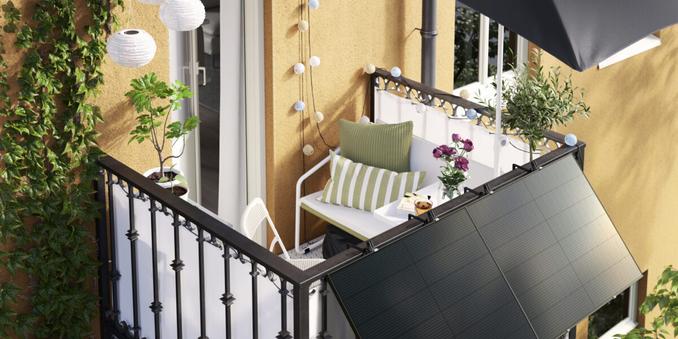
Ikea begins offering balcony solar kits
Swedish furniture retailer Ikea is selling plug-in solar kits in Germany, with storage-inclusive systems starting at €1,229 ($1,425) and reaching €2,800 for versions featuring four 520 W panels. The kits are designed for residential self-consumption and vary by capacity and configuration.
